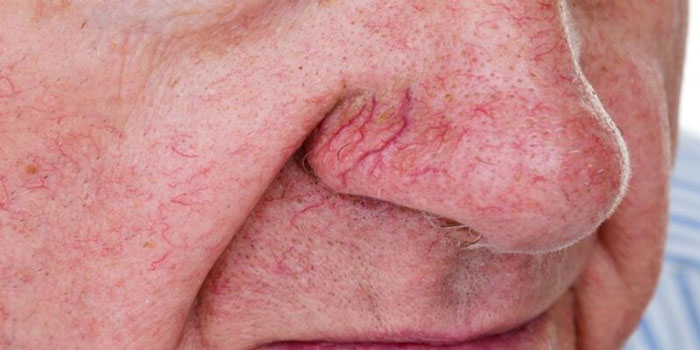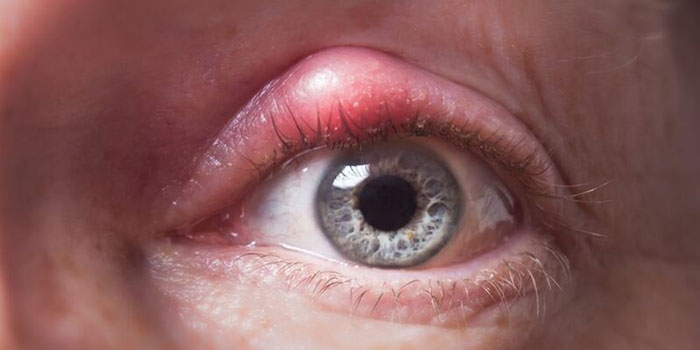Several medical conditions may cause red eyes, commonly known as bloodshot eyes. Some of these problems are minor, while others are dangerous and need immediate medical treatment. Your red eye might be a sign of something serious. Though, redness and discomfort or abnormalities in vision often indicate more significant eye disorders. Bloodshot eyes may be unsettling, particularly if you don't know what's causing them. However, doctors encounter many cases of red eye each year. Blood vessels on the eye's surface become enlarged and irritated, causing a red appearance. In most cases, a red eye is nothing to worry about, but exceptions exist.
Possible Reasons Why Your Eyes Are Red
Allergies
Seasonal changes might be particularly noticeable to those who suffer from seasonal allergies. Airborne allergens, such as pollen or dust, may irritate, moisten, or even burn the eyes. Even if you're familiar with your allergies and think you know what's triggering them, it's best to see an ophthalmologist. Eye drops designed to reduce dryness are readily available over the counter and may be used as a quick fix. However, Dr. Neri cautions that certain "redness-reducing" eye treatments work by constricting blood vessels, which is the opposite of what you want to happen. As constriction of the blood arteries reduces the flow of oxygen to the organs and tissues supplied by them, they expand again once the effects wear off. For this reason, continued usage often results in a self-perpetuating loop.
Broken Blood Vessels:

An increase or decrease in blood pressure, the use of blood thinners, or recent eye surgery are all potential causes of ruptured blood vessels on the eye's surface. They look like a spot of red or a more generalized redness in your eye. You may only realize it's there if someone points it out to you. Most of the time, they are completely safe, but if it takes more than 5-10 days for them to heal, you should see an ophthalmologist. A blood pressure check may be recommended under certain circumstances to rule out hypertensive-related complications.
Infection:
An infection may also cause eye redness with bacteria, allergies, fungi, or viruses. Those who use contact lenses are at a higher risk of contracting infections. Contact lenses cause dry eyes and may even cause corneal erosion and infection. People who use contact lenses and have red eyes, discomfort, sensitivity, or vision issues should immediately see a doctor.
Dry Eyes:
Dry eyes are a common symptom of eye strain caused by staring at a computer for too long or not getting enough sleep. If your "tear drainage system" is clogged up, your eyes may not be able to properly flush out the excess moisture they produce, causing you to suffer from chronic dry eyes. Over-the-counter eye drops may assist, but if the issue continues, further methods may be utilized, such as injecting topical immune suppression or installing a punctual (tear duct) plug.
Pink Eye:
Pink eye, also known as conjunctivitis, is an inflammation of the eye's mucous membrane caused by an infection. Inflammation, irritation, discharge, and a burning feeling are all symptoms. If you have signs of pink eye, you should see a doctor immediately. Protect yourself by avoiding sharing anything and everything that comes into touch with your eyes (e.g., towels, linen, pillows, etc.)
Uveitis:
Uveitis is an inflammation of the uveal tract, a blood vessel network found within the eye. There are two possible origins: infection and immunological response. You may also feel discomfort and sensitivity to light as a result of your inflamed eyes. If it isn't addressed, uveitis is a potentially blinding disease that may cause further vision problems, including glaucoma and cataracts.
Seeing an ophthalmologist for a diagnosis and, if required, a referral to a uveitis specialist is essential.
Eye Tumor:

Rare and hard to see on your own, eye tumors need a medical professional's help. Any unexplained symptoms, such as irritation, changes in vision, or discomfort in the eyes, should be evaluated by an ophthalmologist, who should rule out any ocular malignancies as a potential cause.
Whether you have bloodshot eyes or just a small red mark, don't wait to contact your ophthalmologist if the symptoms last more than a day, hurt, or impair your vision. If you have any abrupt visual changes or significant discomfort, go to the emergency room immediately.
Conclusion
There are a variety of causes for red eyes. A red eye, for instance, may signal anything as mild as an irritant or as severe as an infection. Whenever the tiny blood vessels that line the surface of the eye become dilated and clogged with blood, the result is a red or bloodshot appearance of the eye. In most cases, red eyes are not serious and may be ignored. However, this may signify a more severe condition if accompanied by other symptoms such as discomfort, watering, dryness, or blurred vision. A case of red eyes isn't altogether out of the norm, particularly if you know the source. However, there may be more to the redness if you have not been rubbing your eyes with soap and haven't been up all night. Red eyes aren't necessarily an emergency, but it's always smart to see an eye doctor just in case. In most cases, three primary signs may distinguish minor eye irritation and redness from more significant difficulties.




